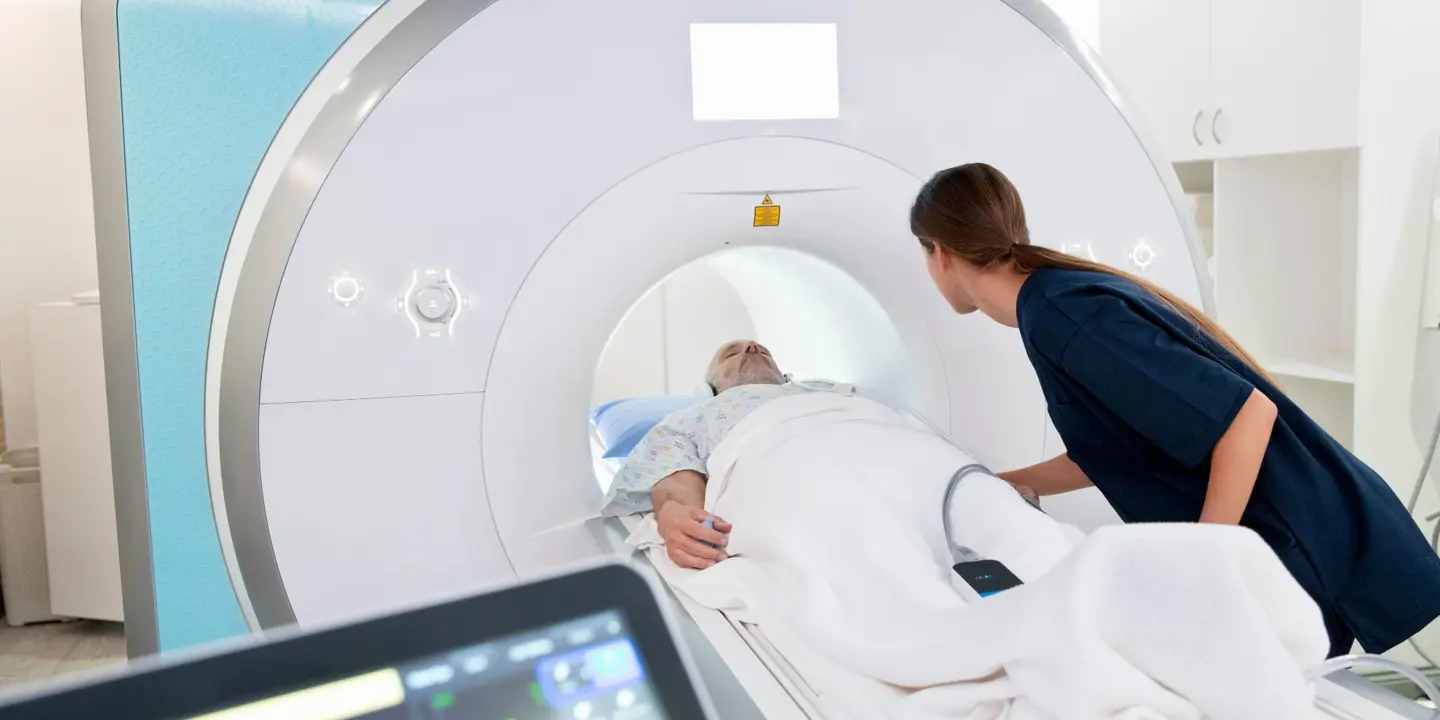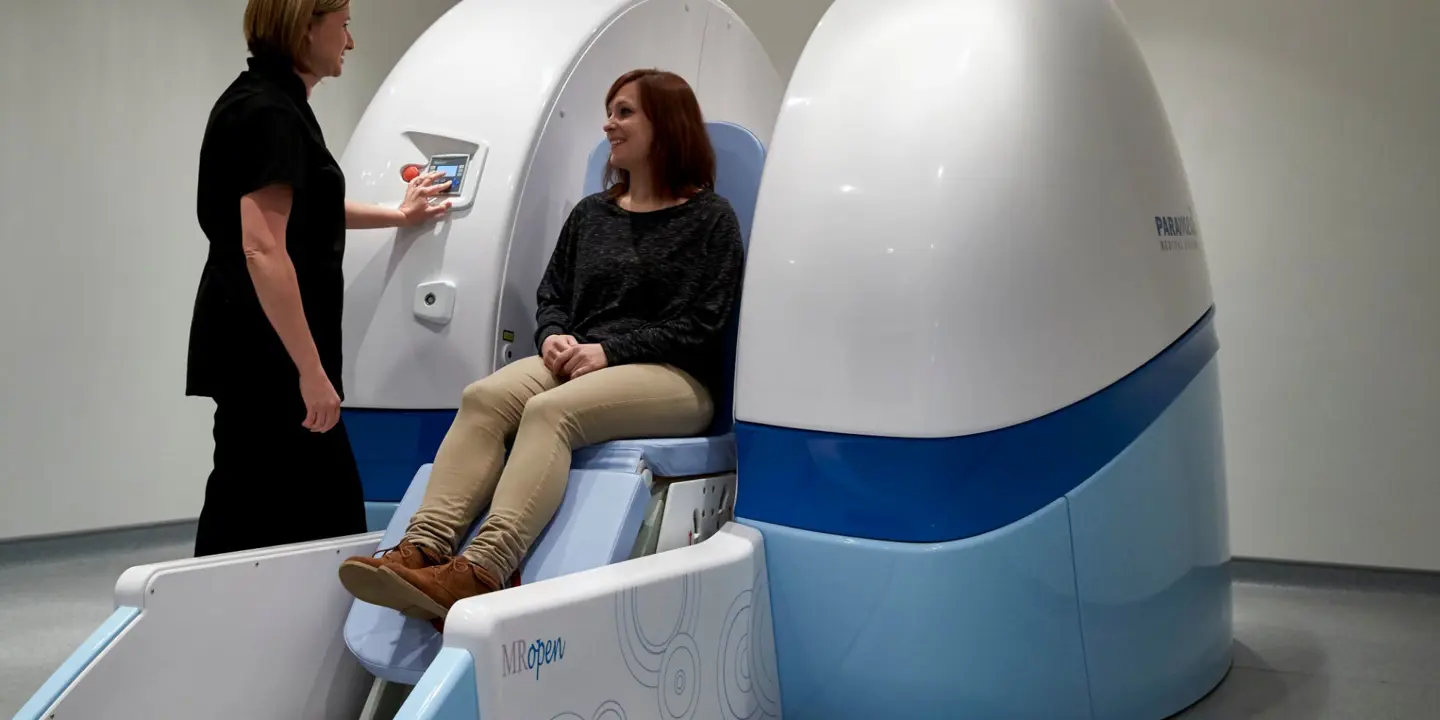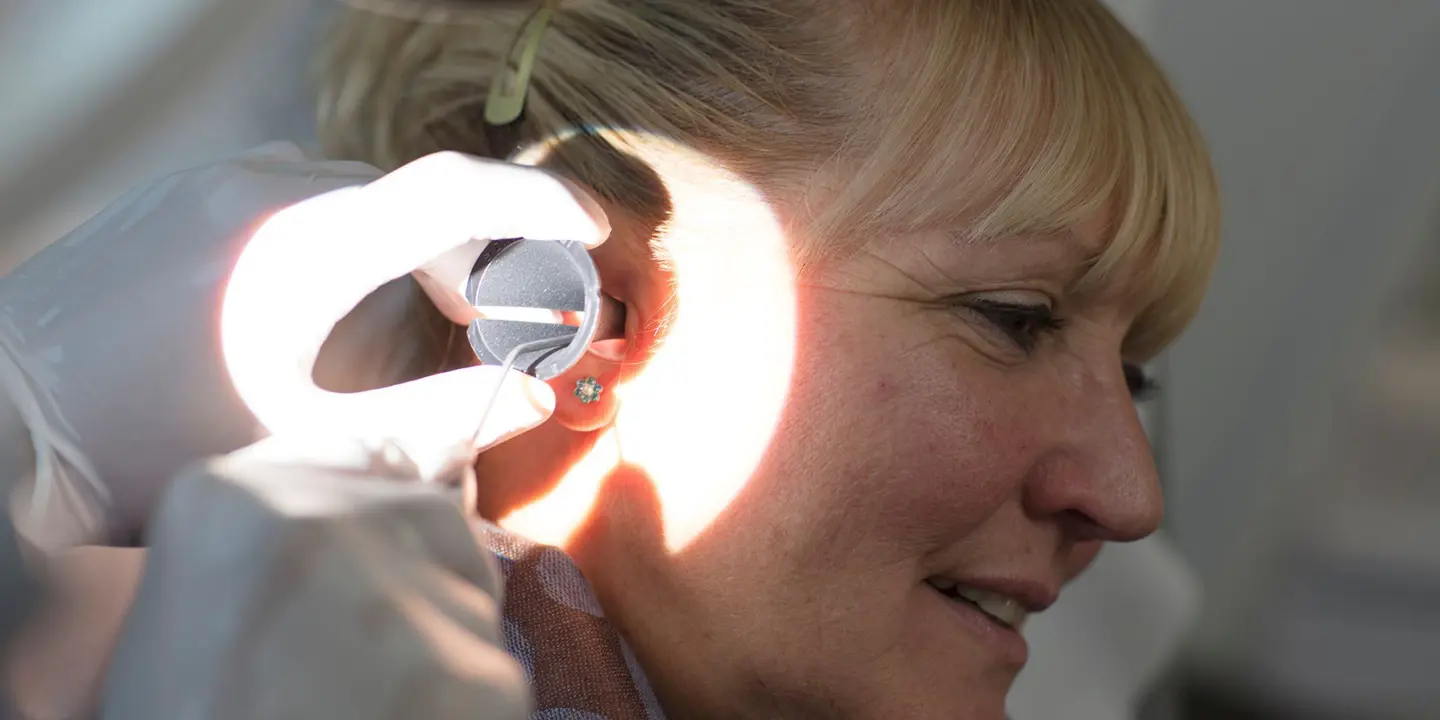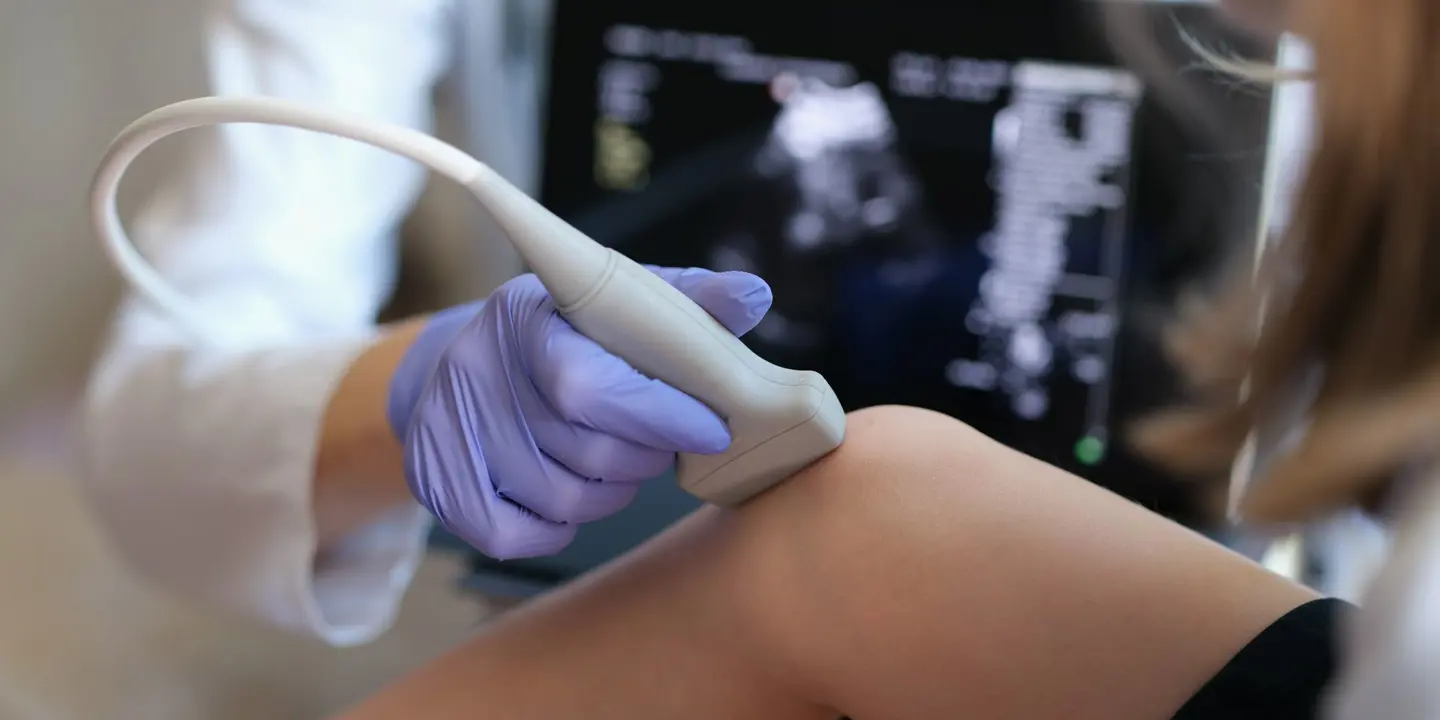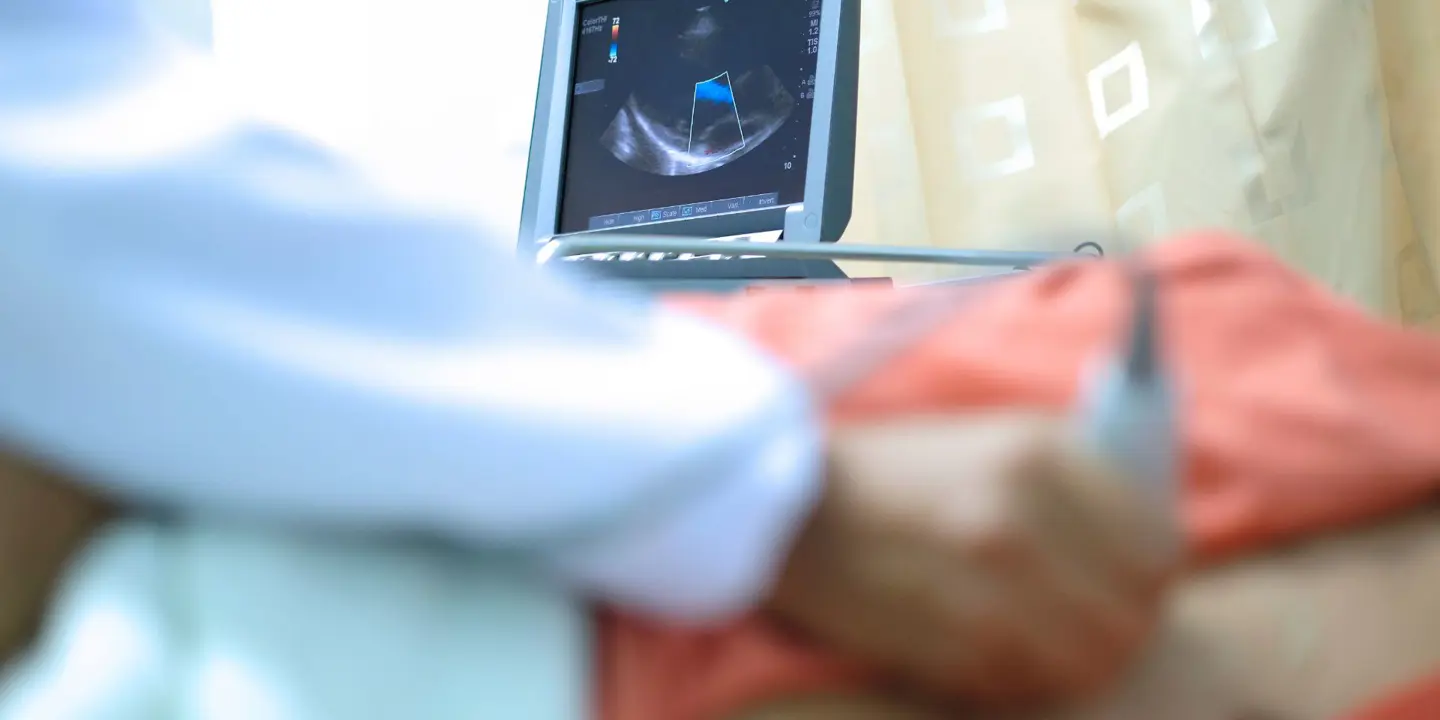If there are problems with your digestive system, your doctor may recommend an endoscopy, colonoscopy or gastroscopy to rule out or confirm a suspected diagnosis, like cancer.
The procedures allow specialists to visually examine the inner tissues of the gastrointestinal tract. They may even be used to retrieve small tissue samples for closer examination and testing.
Definitions
Find out what each of these procedures entails:
What is Endoscopy
Endoscopy is a procedure to examine changes in the large intestine and rectum. The specialist will insert a long, thin, and flexible tube with a tiny video camera at the end into the gastrointestinal tract. It can capture images and videos which specialists can review to arrive at an accurate diagnosis.
With the amount of preparation it requires from the patient, this procedure is always scheduled ahead of time.
There are two types of endoscopy procedures:
-
Upper endoscopy/Gastroscopy - This refers to endoscopy wherein the tube is introduced into the body through the upper gastrointestinal tract.
-
Colonoscopy - This procedure introduces the video camera through the lower gastrointestinal tract, starting from the rectum.
Most medical personnel simply refer to upper endoscopy as “endoscopy” for convenience, and also to differentiate the procedure from colonoscopy.
How does an Endoscopy work?
During an endoscopy, the patient is asked to lie on their side and allow the specialist to pass the tube through the mouth, nasal passage, or rectum depending on the type of procedure being undertaken. The specialist can then examine the esophagus, stomach, and duodenum or the first part of the small intestine.
If they must peek farther into the small intestine, they’ll be performing a small bowel endoscopy, otherwise known as deep endoscopy. This procedure calls for one or two “balloons” that will be alternatively inflated and deflated to help the tube move forward through the small bowel (the process is similar to how pleat curtains through a curtain rod).
This is a safe and painless, albeit slightly uncomfortable, procedure. Patients also have the option to be sedated during the procedure.
So what is a Colonoscopy?
Colonoscopy is a type of endoscopy and is considered the safest, easiest, and fastest method of viewing the inside of the large intestine. It is typically conducted to rule out colon cancer. Since many old people often experience constipation and cramping (the two most symptoms of late-stage colon cancer), doctors may recommend a colonoscopy at least once every 10 years for people over 50 years old.
How does a Colonoscopy Work?
Like in endoscopy, patients who will undergo colonoscopy are asked to lie on their side. The doctor will then insert the tube with the camera into the rectum and slowly advance the endoscope through the large intestine. The endoscope can reach as far as the ileum or the very last part of the small intestine.
The procedure is painless, but patients can also ask to take sedatives to help them relax and reduce their discomfort during the examination.
What Is Gastroscopy?
A gastroscopy is a procedure where a thin, flexible tube called an endoscope is used to look inside the oesophagus (gullet), stomach, and first part of the small intestine (duodenum). It's also sometimes referred to as an upper gastrointestinal endoscopy. The endoscope has a light and a camera at one end.
How does Gastroscopy work?
A gastroscopy often takes less than 15 minutes, although it may take longer if it's being used to treat a condition.
A local anaesthetic spray will be used to numb your throat for the procedure and you'll be asked beforehand if you'd like to have a sedative injection.
You'll be asked to lie down on your left-hand side and the endoscopist will insert the endoscope into your throat. They'll ask you to swallow it to help move it down into your oesophagus. This may be uncomfortable at first and you may feel sick or gag, but this should pass as the endoscope is moved further down.
What to Expect Before, During, and After
If you’re scheduled for an endoscopy or gastroscopy, you must prepare for the procedure for one to three days beforehand.
Both require patients to refrain from eating or drinking prior:
-
No food or drink (not even water) for six to eight hours before a gastroscopy.
-
Drink only clear liquids at least 24 hours before a colonoscopy, then take a laxative to cleanse your bowel. Doctors can only check the large bowel if the tract is clean (colon cleansing may take more than one day, however, depending on how well your body reacts to the laxatives).
Both procedures can take between 30 minutes - 1 hour, depending on how deep or how long the doctor needs to examine your gastrointestinal tract, and if they need to do a biopsy as well. You may drink and eat immediately then.
We highly recommend going into these procedures with a companion. You may not be fit to drive afterwards, especially if you had to take sedatives.
Other side effects include feelings of “gassiness”, cramping and minor bleeding afterward. If these side effects become severe, contact your doctor immediately.
Schedule a Consultation with Vista Health
A gastroscopy or colonoscopy can give your doctor crucial information that will be key to your diagnosis.
Vista Health is qualified to perform these procedures and accepts referrals from private practices and hospitals. We help gastroenterologists, oncologists and general physicians make accurate diagnoses by providing reliable data and assessments.
Our doctors, technicians, and staff are all trained and qualified to perform endoscopy in the UK.
Patients can refer themselves by completing our online self-referral form or contact us to discuss the procedure or for a consultation.
If you are a medical professional you can refer a patient to us.



